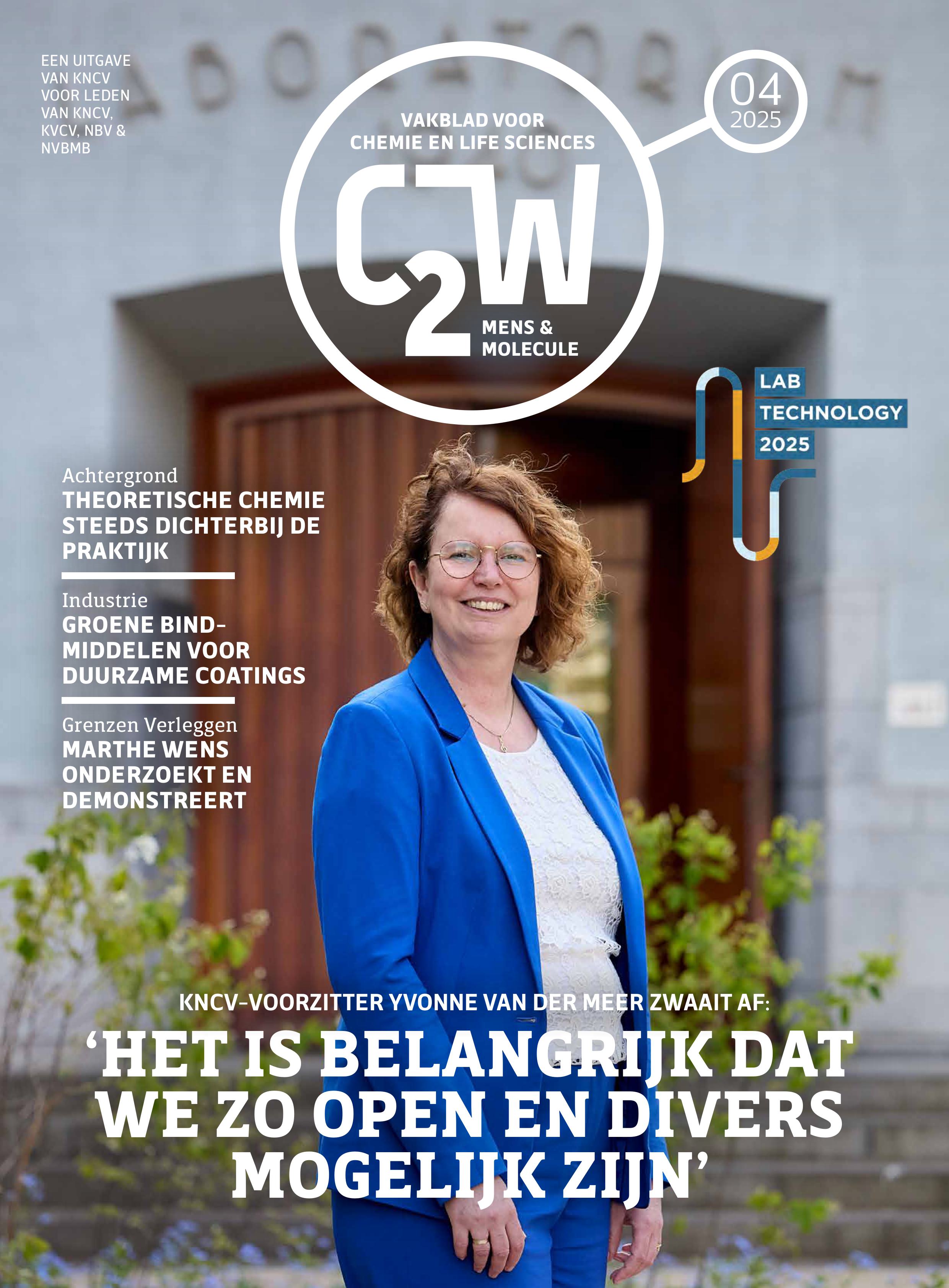Wenst u een activiteit te laten opnemen in deze lijst? Geef uw activiteit door via dit formulier.
Identification of contaminants of emerging concern and their biotransformation products by ion-mobility high-resolution mass spectrometry based screening approaches

Categorie
Doctoraatsverdediging
Date
2024-11-25 15:30
Locatie
Universiteit Antwerpen, Campus Drie Eiken, Gebouw Q, Promotiezaal, Q.002 - Universiteitsplein 1
2610 Antwerpen, België
2610 Antwerpen, België
Promovendus/a: Lidia Belova
Promotor(en): Prof. Adrian Covaci - Prof. Alexander van Nuijs
The occurrence of synthetic chemicals in the environment is ubiquitous. Alongside well-studied older contaminants, humans can be exposed to numerous unknown or less characterized contaminants for which the collective term 'contaminants of emerging concern' (CECs) is used indicating that data on the occurrence, toxicity and biotransformation of these chemicals is scarce.Environmental contaminants are commonly studied by the application of so-called targeted methods which cover only a limited number of compounds leaving most CECs undetected. To fill this gap, suspect and non-targeted screening approaches (SSA/NTS) gained increasing attention in recent years. These methods, commonly based on high-resolution mass spectrometry (HRMS), allow the simultaneous detection and identification (or annotation) of a high number of compounds. The identified compounds can be further expanded by the implementation of ion-mobility MS allowing the calculation of compound specific collision cross section (CCS) values which can be used as an additional identification parameter in CEC annotations improving identification confidence.
The presented thesis aimed at applying SSA and NTS for a holistic assessment of the presence of CECs in the indoor environment, the investigation of their biotransformation and consequently, their detection in human urine. Additionally, methods facilitating the inclusion of IM-MS in SSA and NTS studies were developed and the added value of IM-MS for CEC annotations was investigated.
First, a database containing more than 300 CCS values for over 110 CECs and their metabolites was experimentally compiled. The database allowed the characterization of compound class specific trendlines observed for the relationships between CCS value and mass-to-charge (m/z) ratio. For selected CECs, the reproducibility of CCS calculation was compared between different IM-MS instrumental set-ups and prediction models.
To investigate human indoor exposure to CECs, 46 indoor dust samples collected in Flanders were screened. The focus was laid on quaternary ammonium compounds (QACs) which gained increasing attention during the COVID-19 pandemic due to their high-volume use in disinfecting products. Targeted and suspect screening identified 38 QACs, 24 of which showed detection frequencies > 90%. The same sample set was screened applying a generic workflow focusing on numerous CEC classes. This led to the assignment of 55 CECs. Besides numerous known contaminants, several novel CECs were annotated including emerging phthalates with differing side chains, and two novel organophosphate flame retardants not previously described in indoor dust.
For QACs and emerging phthalates, CCS values were used to increase annotation confidence by matching them with CCS-m/z trendlines established within the CCS database. This process highlighted the added value of IM-MS for the identification of compounds belonging to specific homologue series.
The ubiquitous presence of CECs was further confirmed through the screening of 83 urine samples from Flemish adolescents. 63 compounds were annotated most of which were not included in current biomonitoring programs. This points out the need for the inclusion of screening approaches allowing the detection of metabolized CECs in future biomonitoring campaigns.
Nevertheless, analyses of metabolized CECs are often hampered by limited knowledge of their biotransformation products. Therefore, three QACs widely detected in indoor dust were incubated with human liver microsomes and cytosol (HLM/HLC) simulating Phase I and II metabolism. Thirty-one Phase I metabolites were annotated originating from 19 biotransformation reactions.
All in all, these results will facilitate future human biomonitoring studies ultimately aiming at a comprehensive assessment of human exposure to CECs.
Alle datums
- 2024-11-25 15:30
Powered by iCagenda

